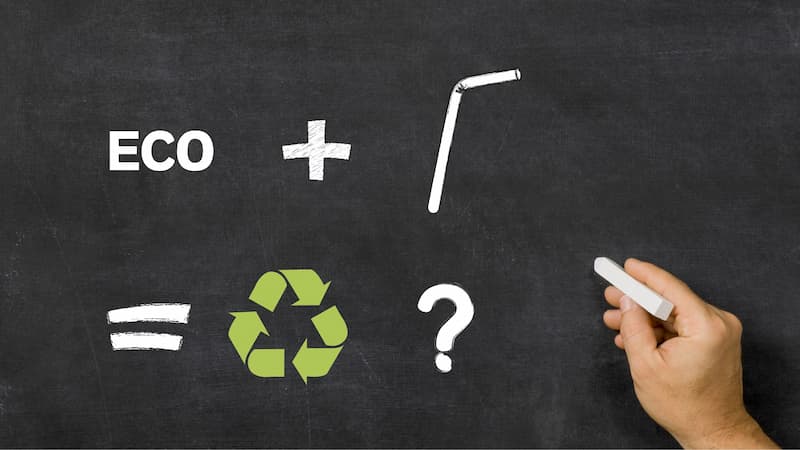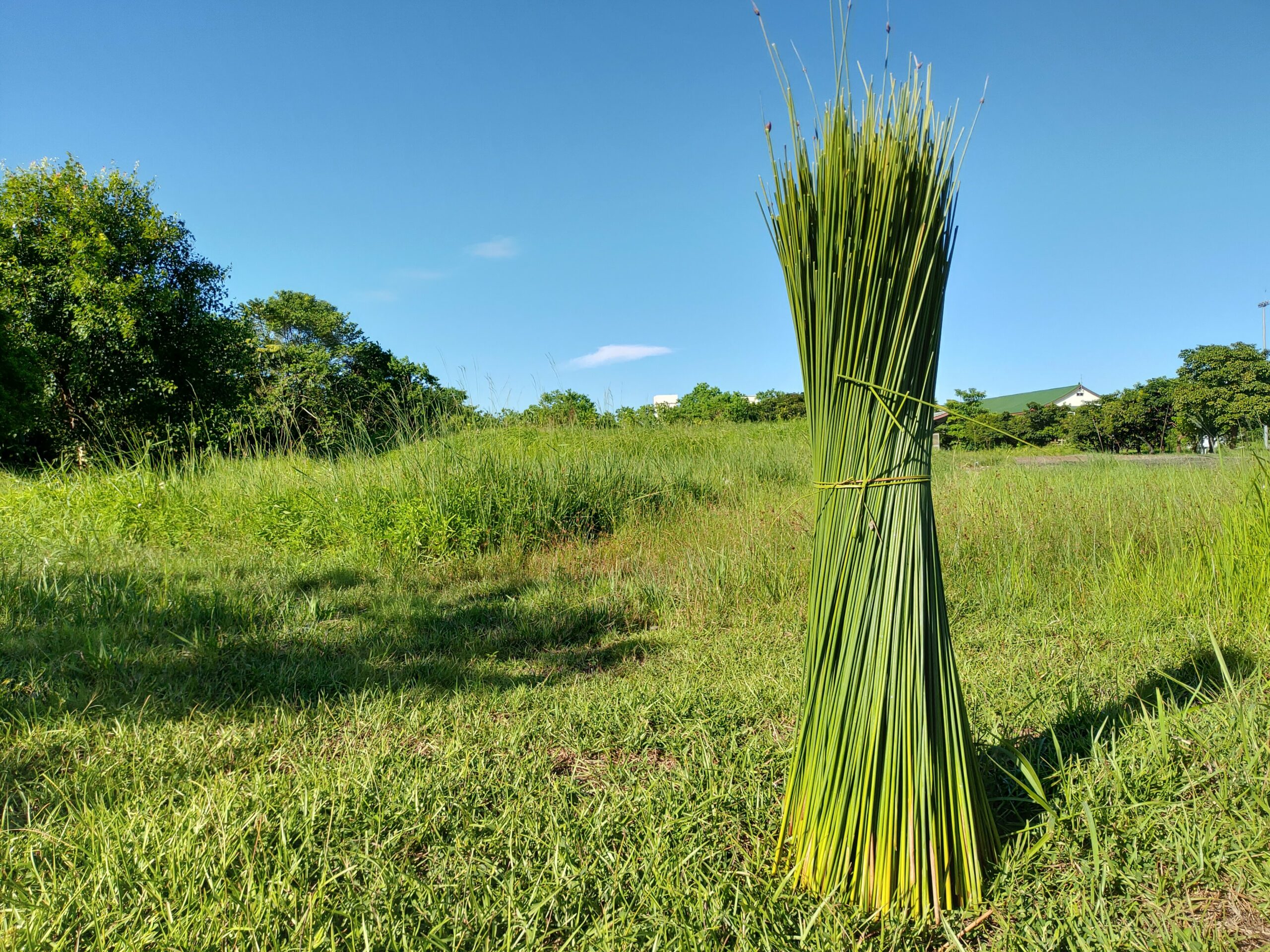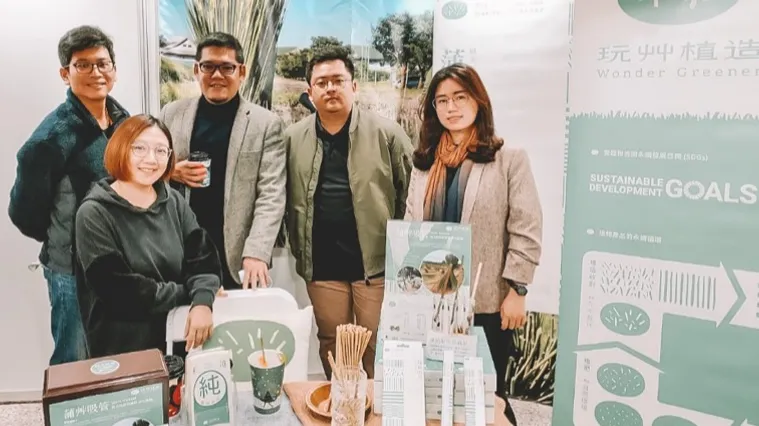Have you ever wondered how long humans have been using straws?Go way back thousands of years ago, Sumerians used hollow plant stems to sip beer and filter impurities. That’s right, the earliest straws used by humans were the purest, all-natural “eco-straws” ! At that time, straws required no chemical processing and posed no risk of microplastics.

Straws Evolution: From Natural to Plastic
Humans have a long history of using natural straws, starting with the Sumerians’ grass straws, Other civilizations also used natural plants like bamboo and reeds to make drinking tools. While these early straws might have carried natural flavors or softened easily, their materials were entirely natural and could decompose after use, truly embodying the spirit of environmental sustainability.
By the late 19th century, with the advent of "Industrial Revolution"advancements in the Industrial Revolution and the maturation of papermaking techniques, people began seeking more hygienic and durable alternatives. In 1888, American inventor Marvin C. Stone, dissatisfied with the commonly used "rye grass straws "which made drinks a grassy taste and softened easily, he invented paper straw , rolling paper into a tube and gluing it together. This marked the transition of straws from fully natural to industrially produced.
However, the problem of paper straws softening in liquids persisted. It wasn’t until the mid-20th century, especially after World War II, that the plastic industry boomed. plastic strawsdue to their low cost, excellent durability, and easy for mass production , quickly replaced paper straws and became the market standard. From then on, colorful plastic straws flooded the market, becoming an indispensable single-use item in daily life.
The Rise of “Eco Straws" : Complex Materials and Manufacturing
However, the widespread of plastic straws brought severe plastic pollution problem.Today, the world is still seeking for effective plastic alternatives. As a result, a variety of so-called “eco-friendly straws” have appeared on the market. How exactly are these new eco straws made? What truths lie behind their materials, and what hidden secrets might you not know? Today, we’ll take a deep dive into the making of these “eco-friendly straws” to reveal their true nature, helping you make genuinely sustainable choices.
1. PLA Straws: From Plants to Plastic

PLA (Polylactic Acid) straws' materials are plastics derived from corn starch, sugarcane, or cassava,it's a type of Bio-based Plastic which at first glance appears to be environmentally friendly.
Material Facts and Manufacturing Process: The production of PLA is not a simple physical process. It involves a complex chemical procedure: plant starches or sugars are first fermented into lactic acid, which is then polymerized into polylactic acid (PLA) polymers. Although the raw materials are natural, this chemical transformation converts PLA into a polymer at the molecular level, classifying it as Other Plastics which means that in essence, it is still plastic—only the source is different.
Impact of Production: Although touted as “biodegradable,” as discussed in our “Ugly Truth” article, PLA requires specific industrial composting conditionshigh temperature, high humidity, and certain microbes) to break down . In natural environments or landfills, PLA breaks down very slowly and may even fragment into microplastics, posing long-term environmental risks. That's why more regions worldwide—including the EU and Taiwan—are beginning to restrict PLA single-use tableware.
Paper Straws: Hidden Additives Behind Waterproofing

Paper straws, a popular single-use choice in plastic-reduction efforts, are primarily made from paper pulp.
Material Facts and Manufacturing Process: Paper straws are usually made by rolling and gluing multiple layers of paper. However, plain paper softens in water and can’t last long. To improve their durability and water resistance, manufacturers often add a chemical coating to the surface or interior of the paper straw . These coatings may include polyethylene (PE), wax, or even potentially harmful PFAS (per- and polyfluoroalkyl substances), which are now banned in many countries due to their persistent toxicity to both the environment and human health. Additionally, the adhesives used to bond the paper layers may contain other chemical additives.
Impact of Production: These chemical coatings make paper straws’ health and safety questionable are particularly concerning, as PFAS—known as “forever chemicals”—pose potential long-term health risks. Additionally, The combination of paper and plastic coatings also makes paper straws extremely difficult to recycle. Unlike pure paper, most end up being incinerated or landfilled.
Plant Fiber Straws: Composite Materials in a “Natural” Cloak

The term “plant fiber straw”, often leads consumers to believe it is completely natural. However,the materials for these straws are usually made by grinding agricultural waste such as coffee grounds, sugarcane bagasse, or wheat straw into fibers, then mixing them with biodegradable plastics such as PLA, PBS, or other composite plastics and then molding them under high heat.
Material Facts and Manufacturing Process: Although they contain “plant fibers,” these straws are essentially composite materials that include plastic. This blending provides the structural stability and durability needed for straws. The manufacturing process involves not only fiber processing but also melting, mixing, and shaping the plastics, making it an industrialized production method.
Impact of Production: Because they contain plastic, these “plant fiber straws” may face the same decomposition issues as other biodegradable plastics, needing industrial composting to break down after use. In natural environments, they can persist for a long time and may release microplastics, posing potential environmental pollution. Consumers should carefully check labels to avoid being misled by the name.
Plant Straws: Single-Use Convenience vs. Reusability

True “plant straws” offer an all-natural, additive-free option. Unlike PLA or plant fiber straws, they use unprocessed plants and a simple manufacturing process.
Material Facts and Manufacturing Process: These straws are made directly from naturally hollow plant stems from nature
- Grass straws: harvested from naturally growing cattail stems in wetlands. The production process is extremely simple, requiring only physical cutting, washing, high-temperature sterilization, and drying with no chemical processing or additives needed. Its naturally hollow structure eliminates the need for additional shaping.
- Unique Advantages: The design concept of cattail straws is "single-use" After use, they naturally decompose—just like a fallen leaf—offering convenience and hygiene. With relatively low material costs, they are an affordable eco-friendly tableware option, especially suitable for foodservice industry or convenience-seeking consumers .
- Bamboo and Reed Straws: Both are made directly from natural plant stems, processed through cutting, sanding, washing, and sterilization. Some bamboo straws undergo special treatments for added durability, but overall, chemical processing and additives are minimal.
- Usage Considerations: Bamboo and reed straws are typically designed to be "reusable". However, which also brings additional cleaning and hygiene considerations. Because their interiors are hard to clean thoroughly, inadequate washing can lead to harbor bacteria or mold, raising health and safe concerns In addition, their unit cost is generally higher, making them more suitable for long-term personal use.
Impact of Production: These truly natural straws, free from chemical additives and microplastics, are safer for health. Made entirely from plants, they fully decompose back into the soil, supporting true sustainability. When choosing, consumers can decide based on their preference for single-use convenience or reusable options, as well as hygiene considerations.
Smart Choices: Seeing Through Materials and Manufacturing
From ancient straw stalks to today’s wide range of “eco-friendly straws,” we’ve witnessed both technological progress and the growing complexity of what “eco-friendly” really means. PLA, paper, plant-fiber, and natural plant straws may all carry the green label, but their raw materials and production processes vary dramatically.
To make truly responsible green choices, we must look beyond appearances. It’s not enough to read the label — we need to ask: Where do the raw materials come from? What chemical processing is involved? Are additives present? Choosing straws made from transparent processes, free of chemical additives, and able to return fully to nature is the best investment we can make — for both our health and the planet’s sustainability.
Smart Choices: Seeing Through Materials and Manufacturing
Though many straws are labeled “eco-friendly,” their materials and processes differ greatly. True responsible choices require looking beyond labels—asking about origins, processing, and additives. Choosing transparent, natural, and fully biodegradable options is the best investment for our health and the planet’s future.


